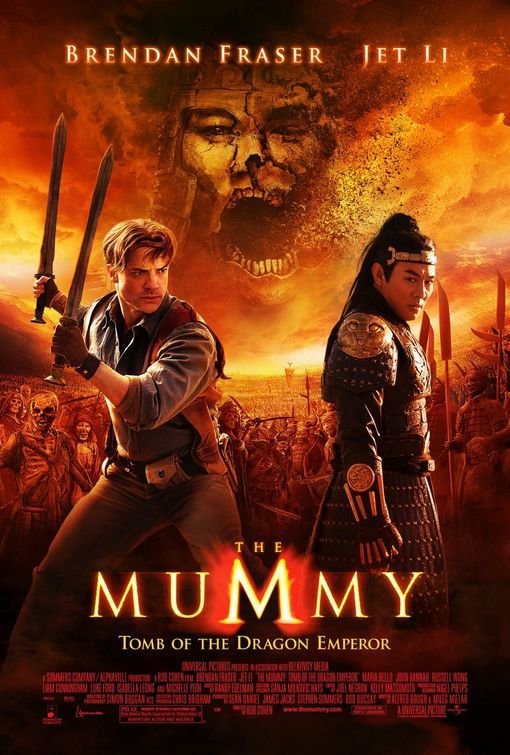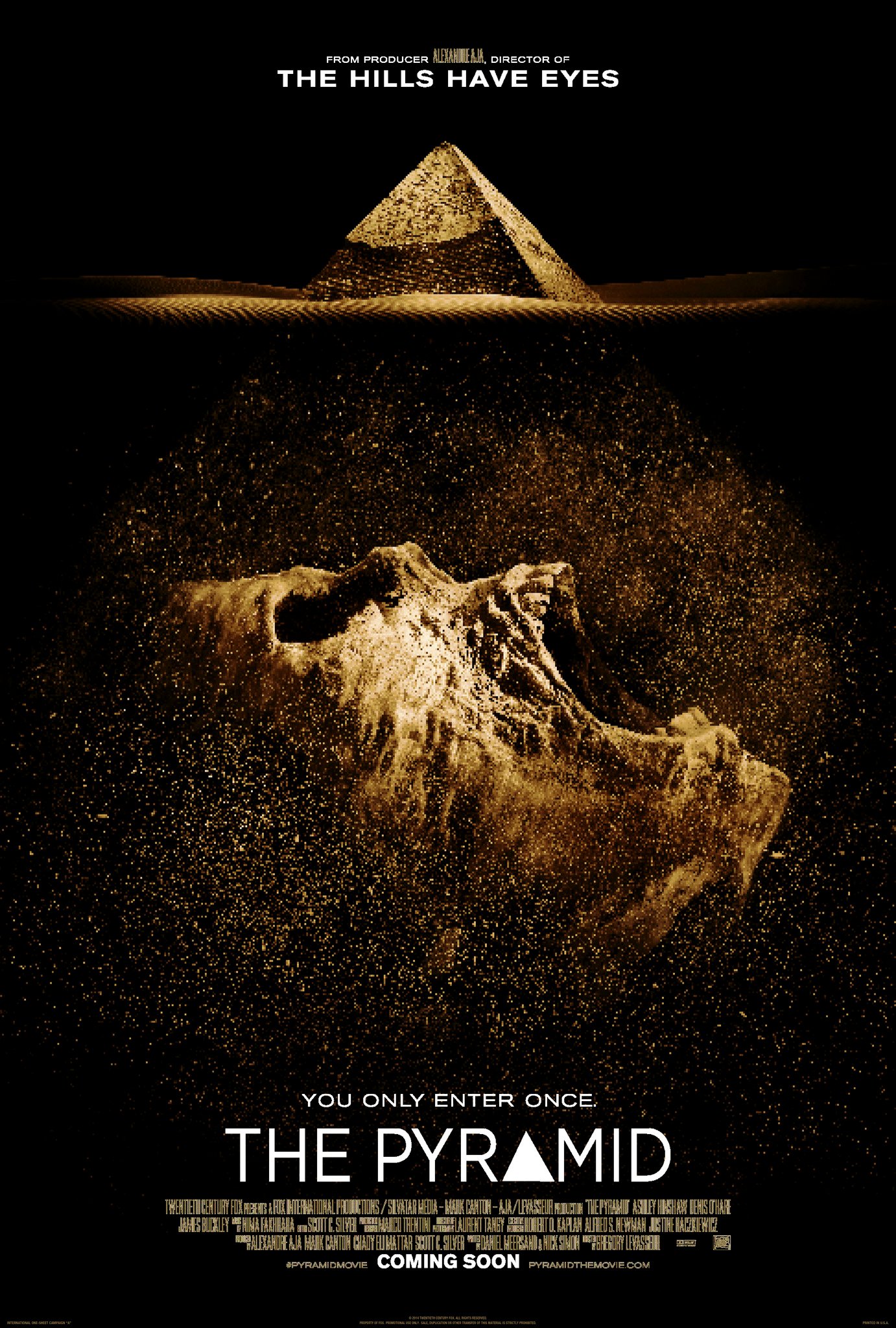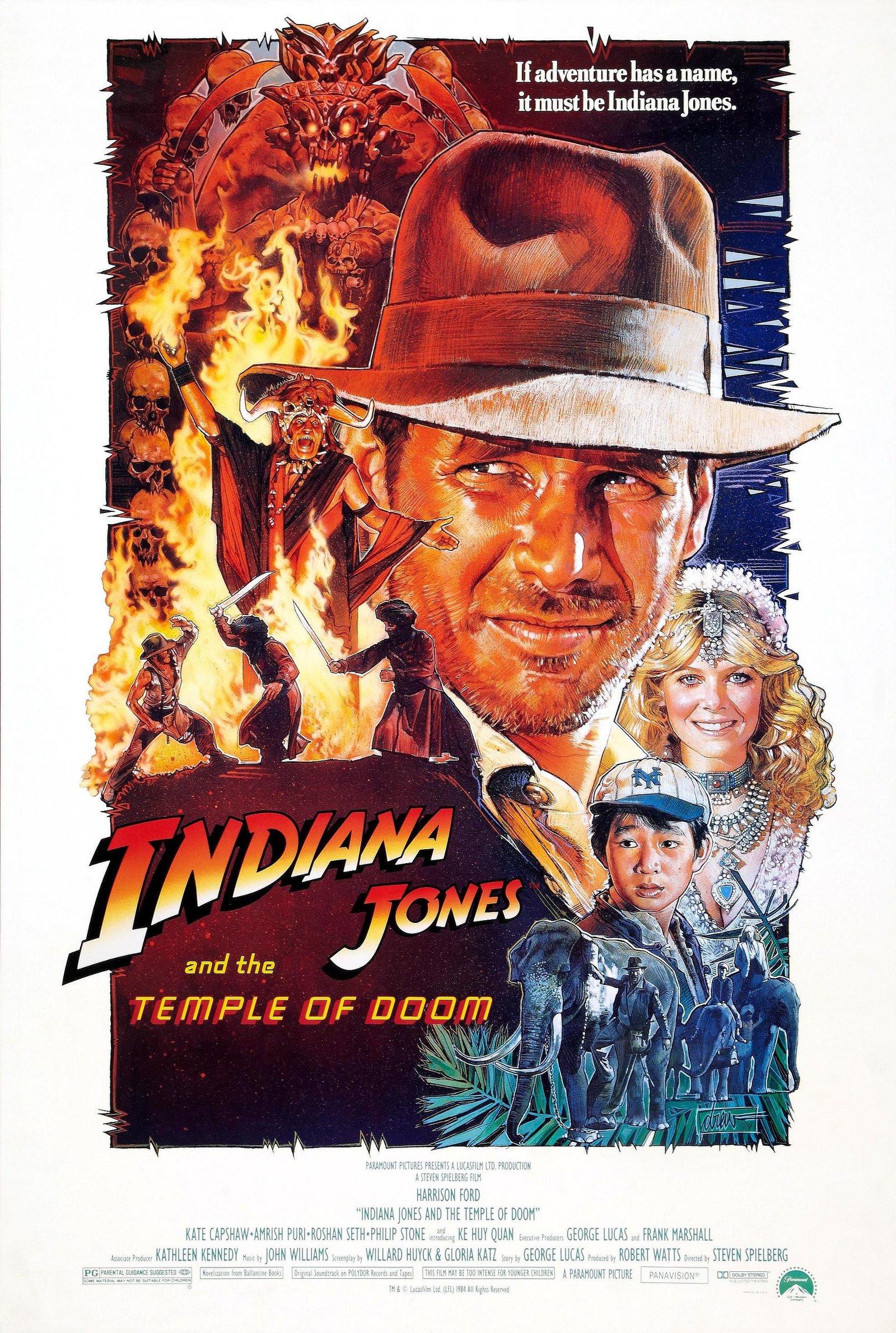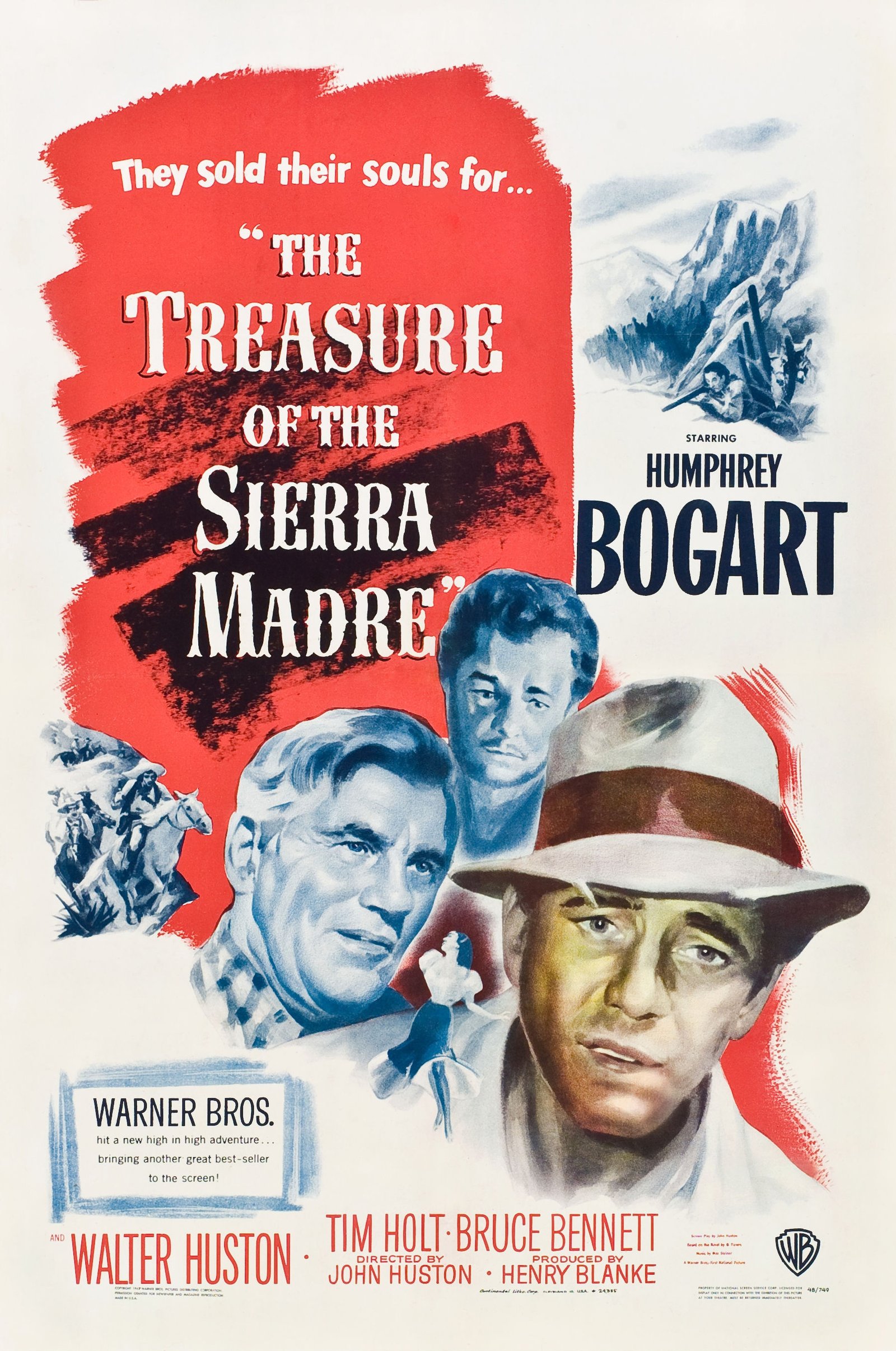Poetics of Myth
Introduction to Poetics of Myth
A myth is a traditional story or narrative about gods and heroes. It is a story that is part of a culture's deep history, told over generations in order to explain the world, culture, and values of that society.
Poetics of Myth is a way of understanding and interpreting stories, myths, and legends. It is a study of the structure and themes of these narratives, and how they relate to human experience and culture. Through this study, we can gain insight into the collective unconscious, or the shared beliefs and values of a particular culture.
Poetics of Myth focuses on the elements of a story, such as plot, characters, setting, and theme, and how these elements work together to create a larger meaning. The study also looks at the symbolic and archetypal elements of a story, as well as the ways in which the narrative is structured and communicated. Through this analysis, we can better understand the underlying message of a story, and gain a more profound insight into the culture and beliefs of the people who created it.
One example of Poetics of Myth is the epic poem the Odyssey by Homer. This poem tells the story of Odysseus, a Greek hero, and his struggles on his journey home from the Trojan War. Through this story, Homer conveys the theme of perseverance in the face of adversity, as well as the power of the gods in shaping human destiny. Through its structure and symbolism, the poem also conveys the ideals of loyalty and courage, as well as the importance of family and home.
Poetics of Myth is an important tool for understanding the stories, myths, and legends of any culture. Through its analysis, we can gain insight into the underlying values and beliefs that shape a culture, and gain a better understanding of our own experiences and beliefs.
Themes of Myth
Mythology is filled with stories that explore a variety of themes. These themes can include creation myths, the struggle between good and evil, the journey of the hero, and the triumph of the human spirit.
Myths are stories that have been passed down through the ages to explain the natural world and the beliefs and customs of a culture or group. As such, they often contain common themes which are found in many different myths.
Creation
Many myths involve stories of how the world and its people were created. These stories may explain why certain creatures exist, why certain people have certain skills, or how certain customs and laws came to be. Examples of myths about creation include the Greek story of Prometheus creating man from clay, the Egyptian story of Atum creating the gods and goddesses, and the Iroquois story of Sky Woman creating the Earth.
Heroism
Myths often feature characters who go on quests or have adventures to accomplish extraordinary feats. These characters often have supernatural powers or abilities which help them in their quest. Examples of heroic characters in myths include Beowulf, Perseus, and Thor.
Mortality
Myths often touch upon the subject of mortality, often featuring characters who overcome death or gain immortality in some way. These stories may also feature characters who are doomed to die, often as a result of disobeying certain laws or breaking certain rules. Examples of myths featuring mortality include the Greek story of Orpheus, the Norse story of Baldr, and the Hindu story of Yudhishthira.
Journeys
Myths often feature characters who embark on a journey to a distant land or a mysterious place in order to complete a certain task or mission. These journeys often involve facing and overcoming many obstacles. Examples of myths featuring journeys include the Greek story of the Argonauts, the Sumerian story of Gilgamesh, and the Chinese story of the Monkey King.
Narrative Structure of Myth
Myths often have a narrative structure that follows a three-part pattern. The first part is the call to adventure, where a hero is summoned to embark on a journey. The second part is the hero's journey, where they face challenges and obstacles. The third part is the return, where the hero returns home with knowledge and understanding.
Rituals and Symbolism
Myths often contain rituals and symbols that represent a culture's values and beliefs. These rituals and symbols can include religious ceremonies, sacred objects, and traditional stories. By using these rituals and symbols, myths can communicate important values and beliefs.
- Baptism and Confirmation: Christian rituals that symbolize the purification of the soul and the acceptance of Jesus Christ as Lord and Savior.
- Holy Communion: A ritual practiced by some Christian denominations in which bread and wine are shared in remembrance of Jesus' Last Supper.
- Yom Kippur: A Jewish holiday of repentance, atonement, and fasting.
- Shiva (Hinduism): A ritual honoring the god Shiva, which includes chanting, offerings, and prayer.
- Circumcision: A ritual practiced by some Jewish and Muslim families, in which the foreskin of a male baby is removed in accordance with religious tradition.
- Flag Ceremony: A ritual performed to honor a country's flag, which includes raising, lowering, or saluting the flag with respect.
- Throwing Rice at Weddings: A symbol of fertility and prosperity, in which guests throw rice at the newlyweds as they leave the ceremony.
- Lighting of the Chanukiah (Menorah): A Jewish ritual performed during the eight days of Chanukah, in which a special candelabra is lit to celebrate the holiday.
- Observance of the Sabbath: A weekly ritual practiced by some Jews, in which special meals, activities, and services are held to honor the seventh day.
- Crossing Yourself (Catholicism): A gesture in which the sign of the cross is made on the body, used in Catholic liturgies to signify the presence of God.
Conclusion
The poetics of myth are an important part of understanding a culture's values and beliefs. Myths provide a narrative structure, explore themes, and use symbols and rituals to communicate important values and beliefs. By understanding the poetics of myth, we can gain insight into a culture's history and beliefs.








